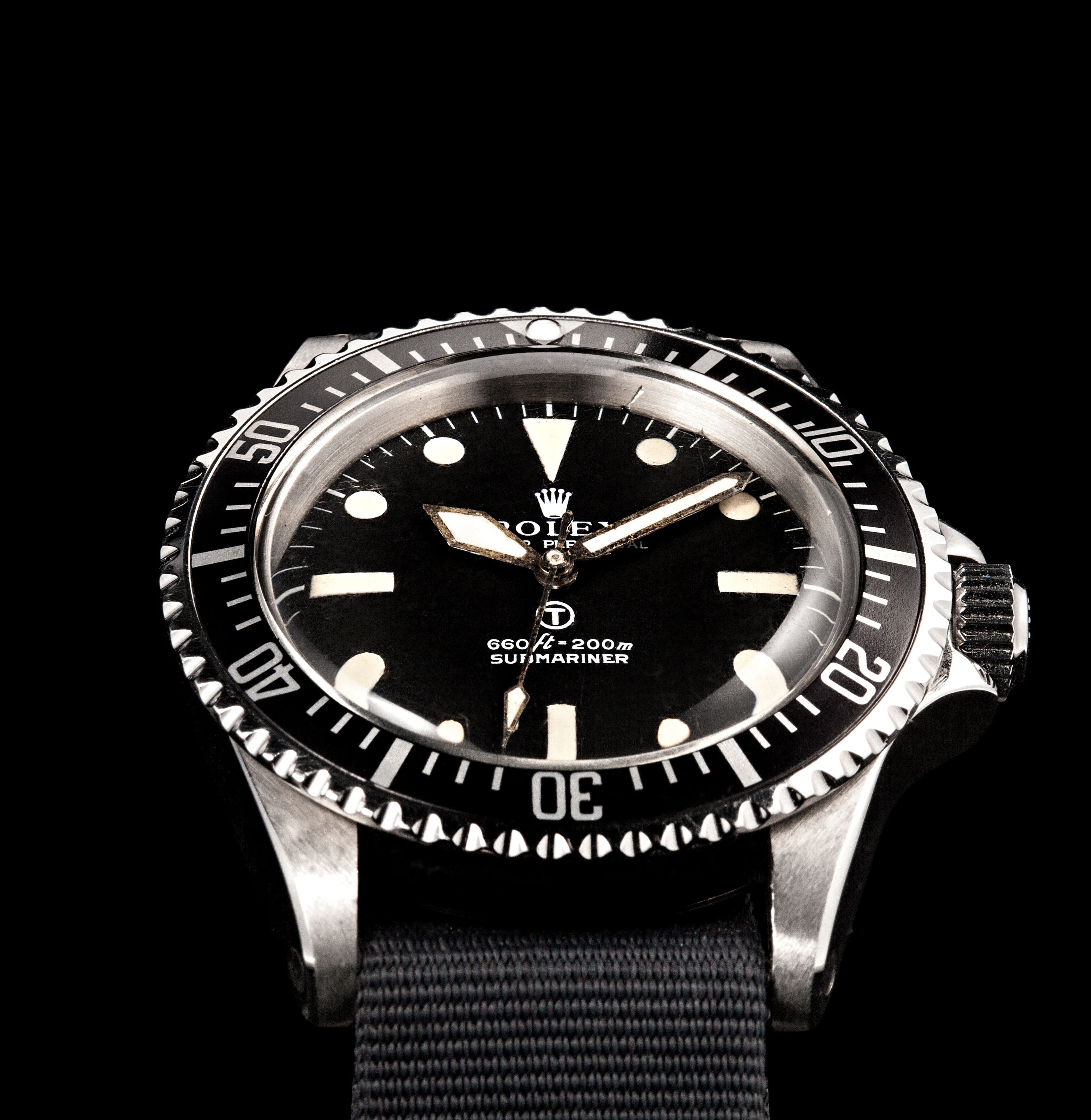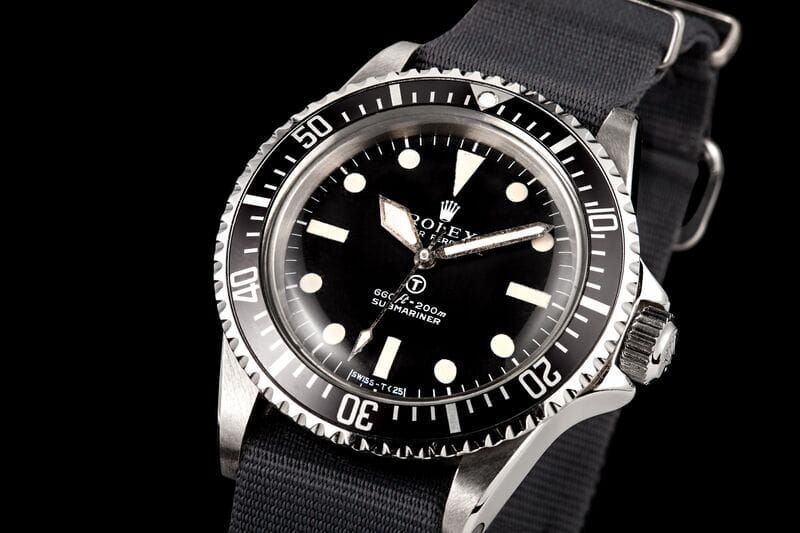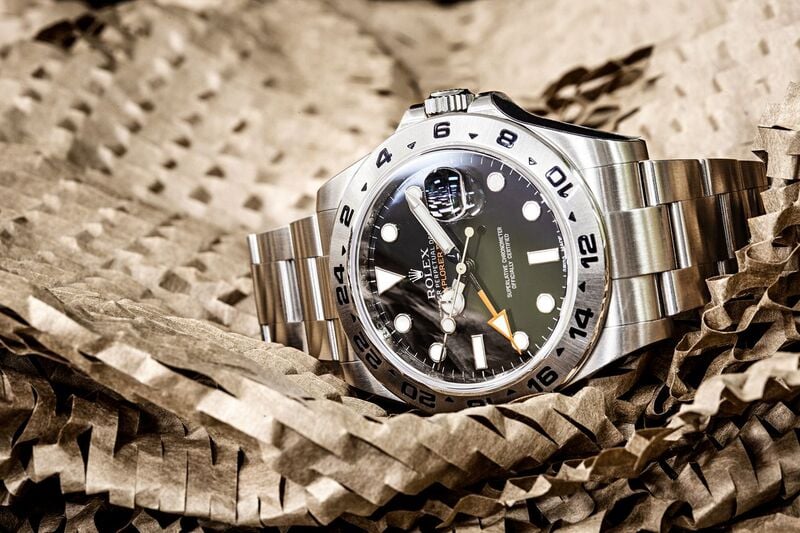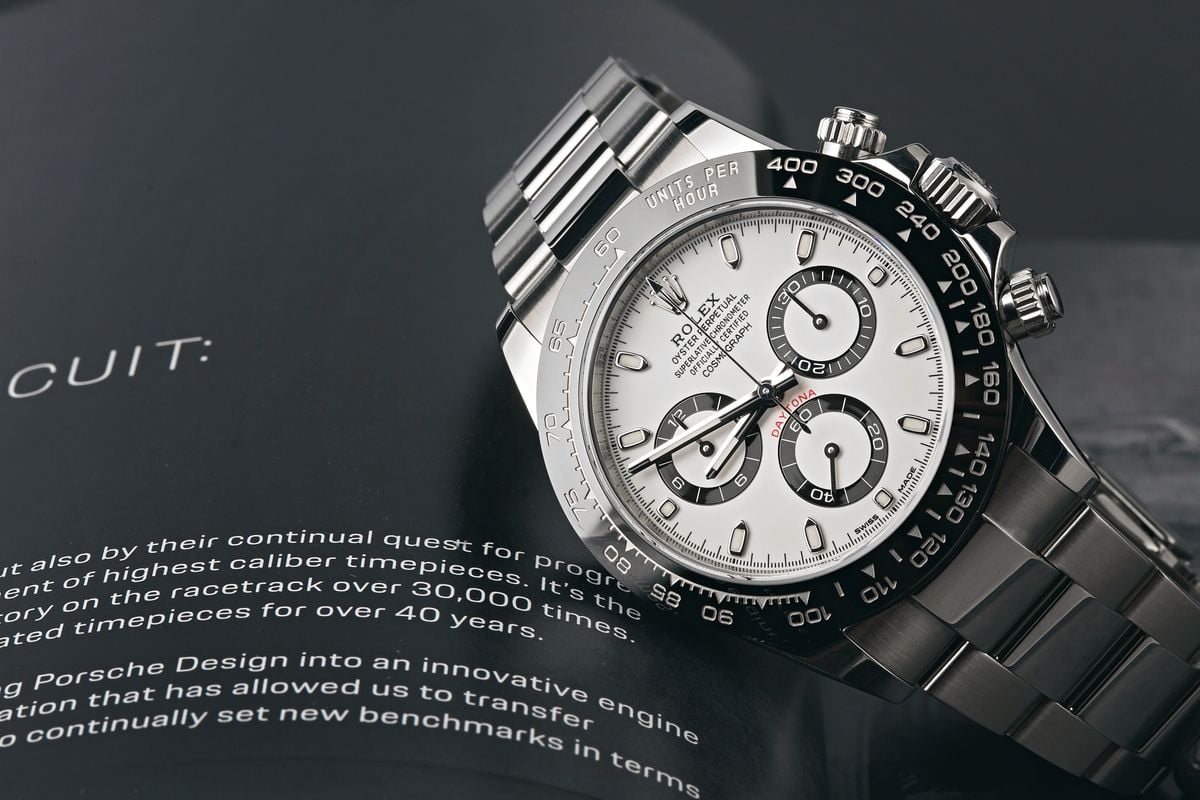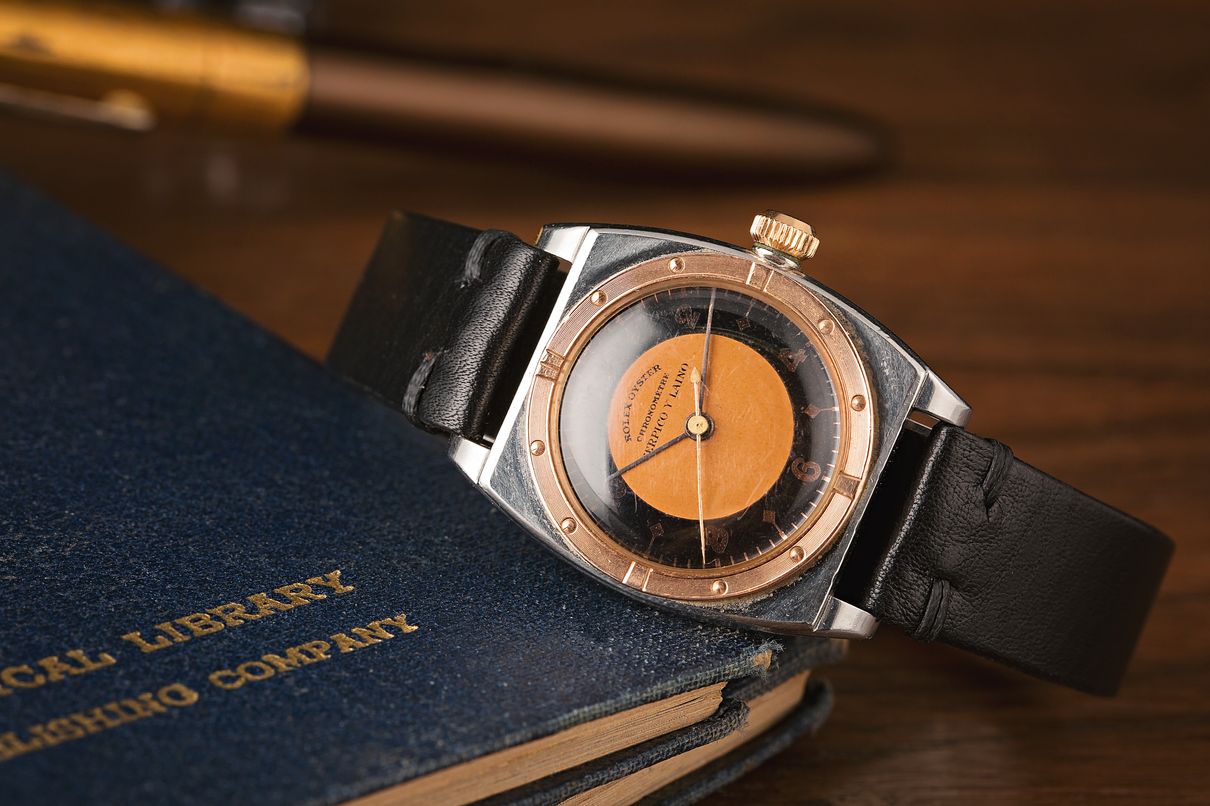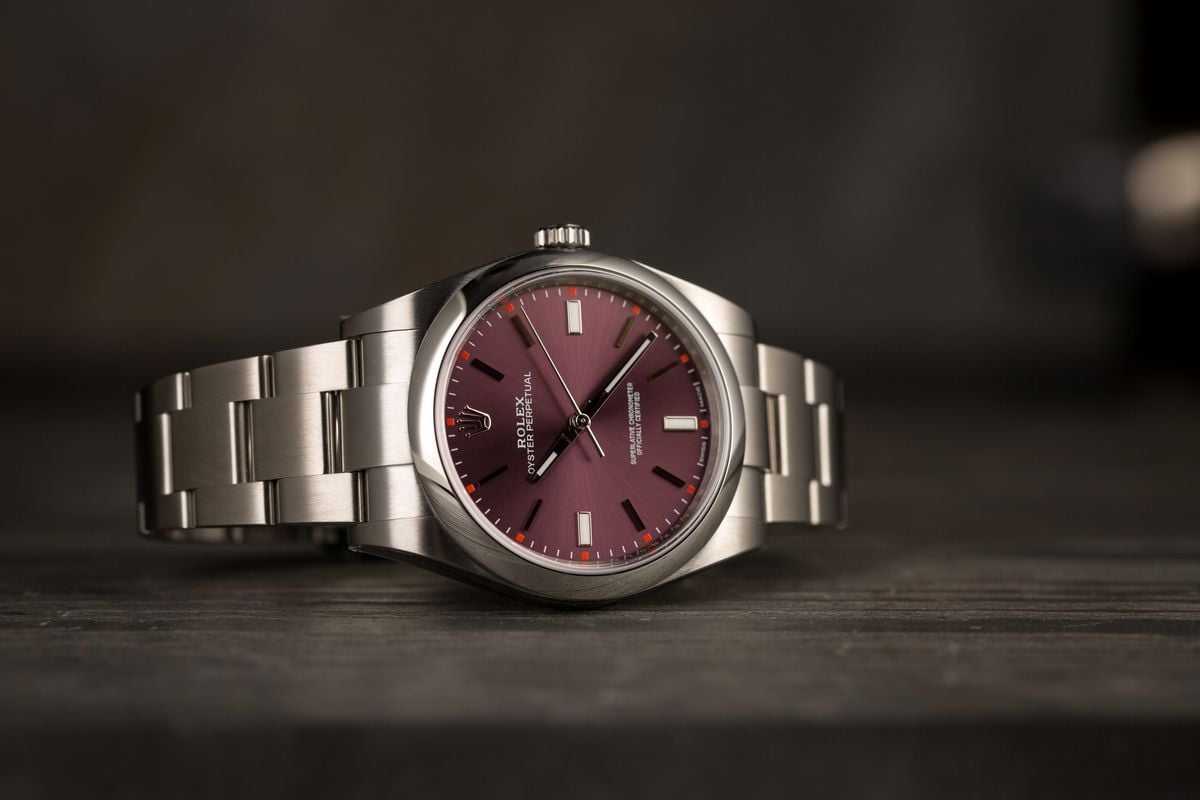Strictly speaking, Rolex’s long and extremely fruitful association with the military forces of the world can be traced right back to the 1930s. The brand had already changed the entire direction of the wristwatch with their invention of the Oyster case the decade before, which transformed them instantly from delicate accessories worn exclusively by women into robust and resilient tools fit for active duty. From that point, the robust build quality and reliability of Rolex watches like the Submariner and Rolex GMT-Master made them go-to choices for military personal for decades to come.
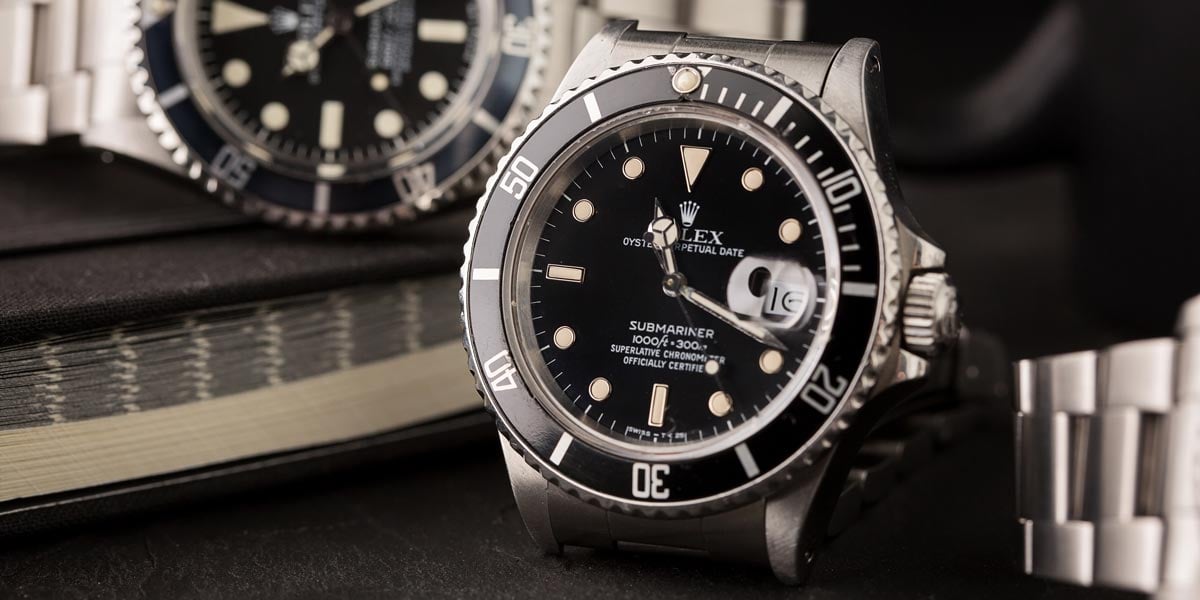
In the years leading up to WWII, a small Italian watchmaker called Panerai, which had been supplying their country’s Navy with high-precision instruments since the turn of the century, was commissioned to outfit frogman commandos of the First Submarine Group Command with a watch to be worn as they carried out underwater demolition operations. Panerai looked immediately to Rolex and their waterproof housings, and together formed the ref. 3646 – the first reference of what would become known as the Radiomir, named after the luminescent material that Panerai had patented to allow the watch to be read in the depths.
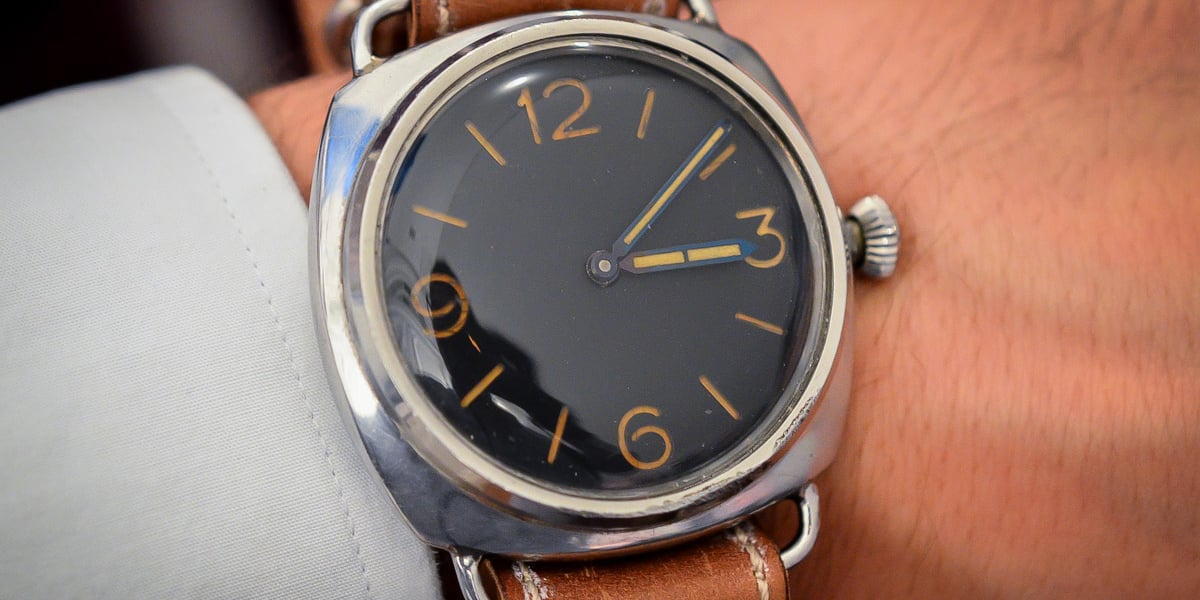
The watches may have said Panerai on the dial, but they carried a Rolex movement (the Cal. 618), were assembled by Rolex, and had the brand’s Oyster case to thank for its water resistance. A huge success, the two collaborated on delivering the watches to the Italian military until 1956.
World War II
By the time the war broke out in Europe, Rolex had already established itself as the maker of highly durable and reliable timepieces. Their watches had accompanied the Houston Expedition – the first-ever flight over Mount Everest in 1933, as well as being worn by Sir Malcolm Campbell on his bone-jarring land speed record attempts in, among other places, Daytona Beach, Florida. With Switzerland guaranteed neutrality by the Treaty of Paris in 1815, members of the Swiss watchmaking industry were happy to supply both sides of the conflict – that is, all except one.
Although Rolex founder Hans Wilsdorf was German by birth, his condemnation of Hitler’s fascist government was unwavering, and he threw his company’s full support behind the allied forces. Wilsdorf even sent watches to captured soldiers in POW camps to replace the ones that their guards had confiscated, with instructions that the officers were not to ‘even think about payment’ until they were safely home.
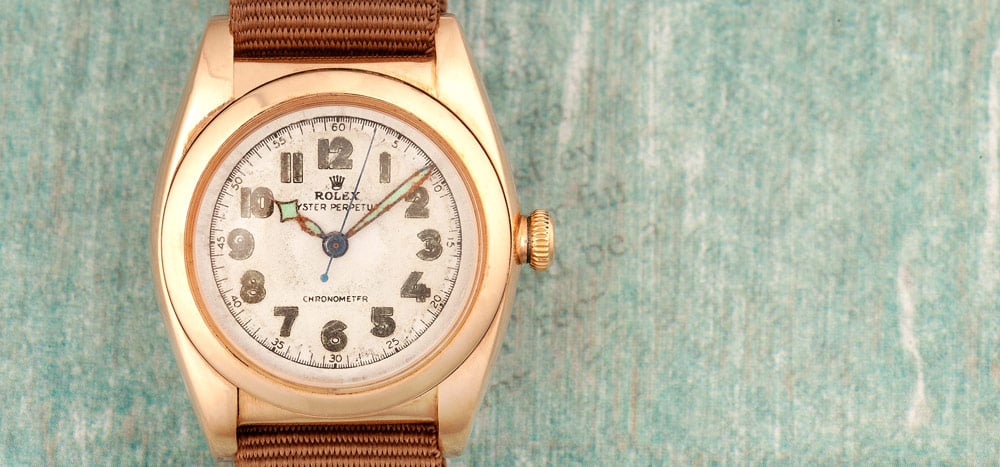
One particular favorite of these models was the ref. 3525, an early attempt at a chronograph, featuring a Valjoux movement and one-piece construction that earned it the nickname the ‘Monoblocco’. Prized especially for its accuracy, it became instrumental during the mass breakout from Stalag Luft III in 1944, the subject of the classic movie The Great Escape.
But it was aerial warfare that really came of age in WWII, and the new breed of military aviators – particularly of the British RAF – adopted Rolex as their timepiece of choice. The pilots had already started buying Oyster models out of their own pockets before the outbreak of the war, preferring their larger size and greater legibility. Following their valiant defense of the U.K. in the Battle of Britain in 1940, Wilsdorf commissioned a series of ‘Air’ models specifically for the airmen. Simple, three-handed, manually-wound pieces, they were given names like Air-Tiger, Air Lion, Air-Giant and, one still familiar today, the Air-King.
When reviewing the Rolex Air-King you will notice that this was the only one still being made by 1945, and it has remained in production (bar a couple of years off starting in 2014) through to the modern-day.
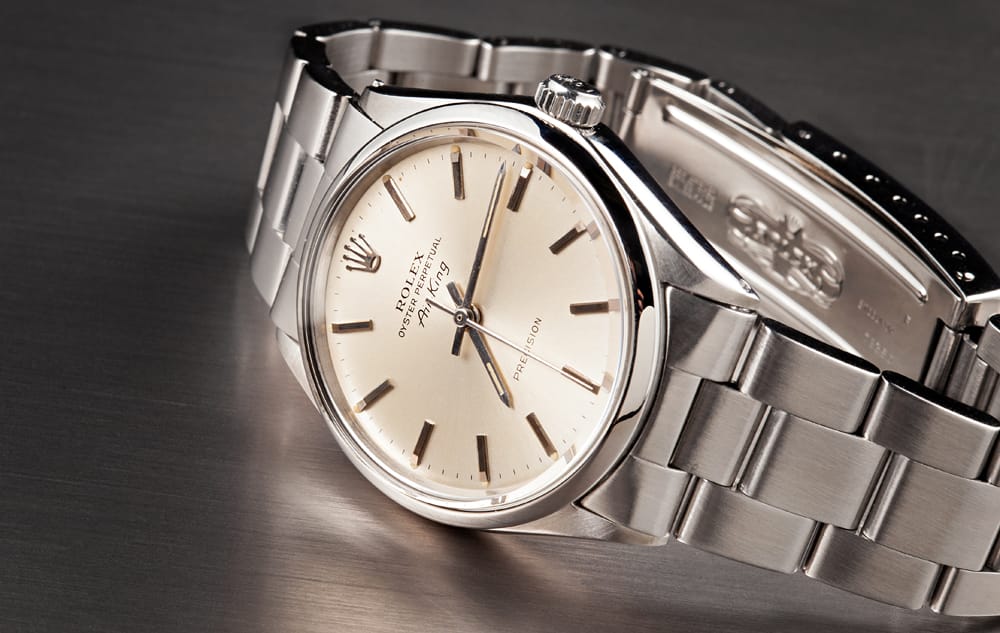
Post-War
1945 was also the year Rolex marked its 40th anniversary, and to celebrate they launched an all-new and revolutionary model. The Datejust was the first self-winding, waterproof wristwatch in the world to display the date through a window on the dial.
By 1953, Rolex had introduced another piece that would eventually go on to join the Datejust family, known as the Turn-O-Graph. However, the debut reference bore a striking resemblance to a certain dive watch about to hit the stands, complete with the first rotating bezel Rolex ever put into serial production. The movable surround offered a simple way to measure and record time, which soon brought it to the attention of the U.S. Air Force’s aerobatic squadron. Known as the Thunderbirds, the group adopted the Turn-O-Graph as their official timepiece, and Rolex renamed the watch after them for the North American market.
Yet, while it clocked up a number of firsts – other than the bezel, it can claim to be the brand’s first sanctioned military watch, their first real tool watch and the first to be released in a Rolesor combination of gold and steel – the Turn-O-Graph struggled to find an audience and lagged way behind others in the collection. It would limp on until 2011, when Rolex finally pulled the plug, and the Turn-O-Graph’s 58-year run came to an end.
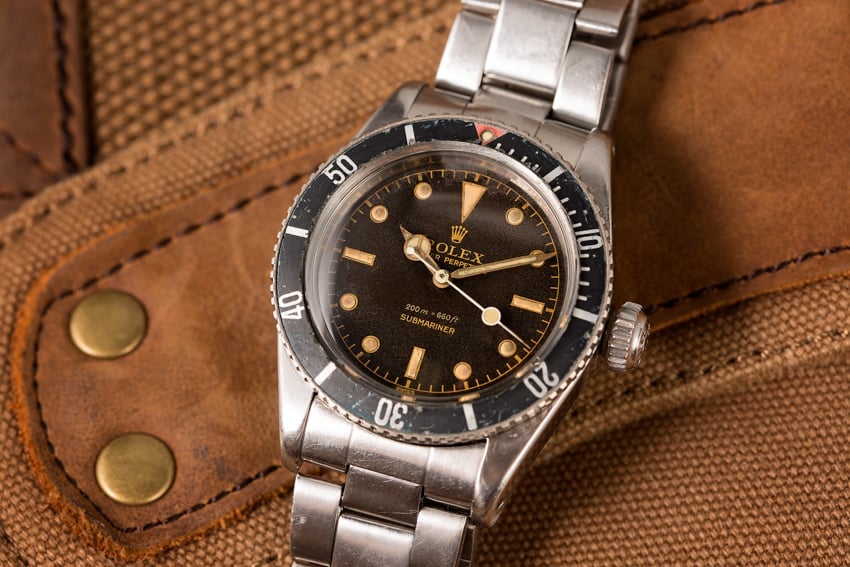
The MilSub
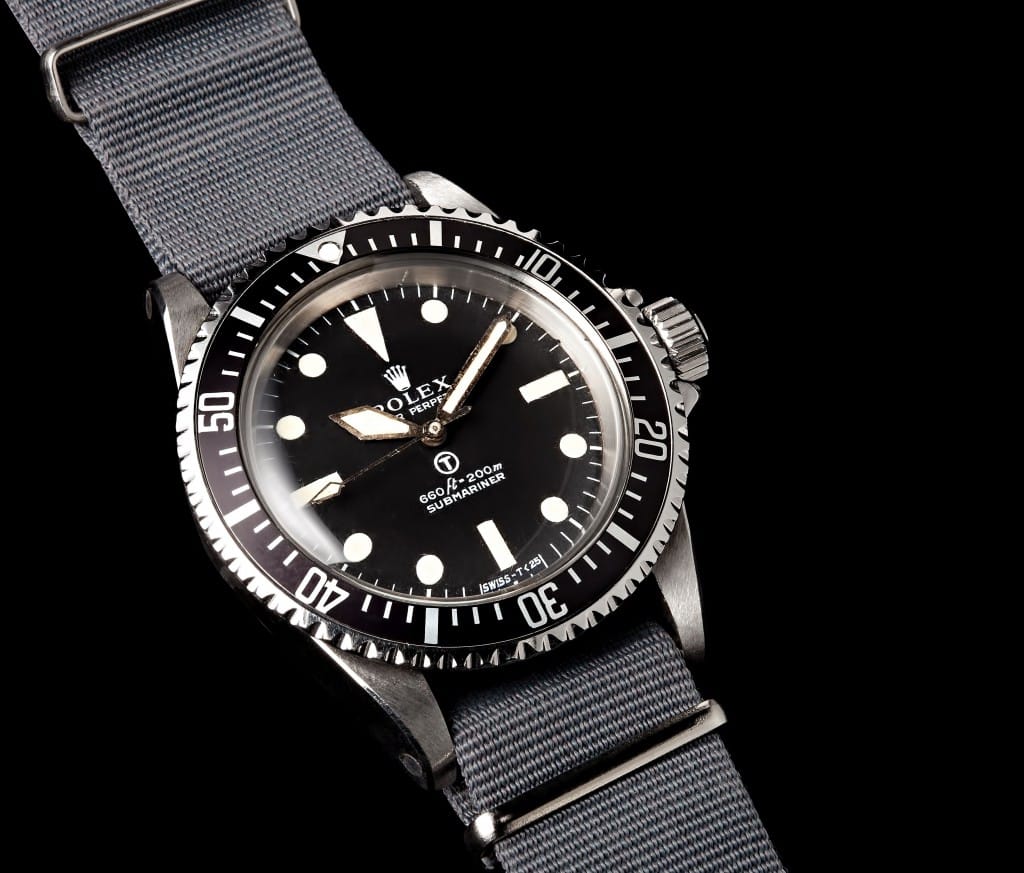
And this is the one that springs to mind whenever the words ‘Rolex’ and ‘military’ are mentioned. Released just a year after the Turn-O-Graph, but destined for much greater things, the Submariner was selected by the British Ministry of Defense as the new issue for the Royal Navy in 1954. Rolex sent over around 50 examples of the ref. 6538 (a.k.a the Big Crown Sub, a.k.a the Bond Sub – I think that’s all of them) for field testing, eventually reporting back in 1957.
As evidence of just how perfectly designed and engineered the world’s favorite dive watch is, only two general changes were required to bring the civilian version up to spec. The spring bars were a potential point of weakness, so Rolex soldered a solid bar between the lugs to hold the nylon NATO strap. And the bezel was enlarged so it hung over the edges of the case, making it easier to turn while wearing gloves. They also changed the former coin-style edging for the serrated edge we know today and forged it from German nickel silver rather than brass, so that it would dent on impact rather than break.
The changes were so minor they didn’t even warrant a new reference number, and those watches were simply classified as the A/6538s. It became the first of the four so-called MilSubs, the most-grail of grail watches for many collectors. Those originals served up until 1967 when the MOD went the same way as James Bond himself and switched to Omega. However, the Seamaster 300 only lasted until 1971 before the Submariner returned.
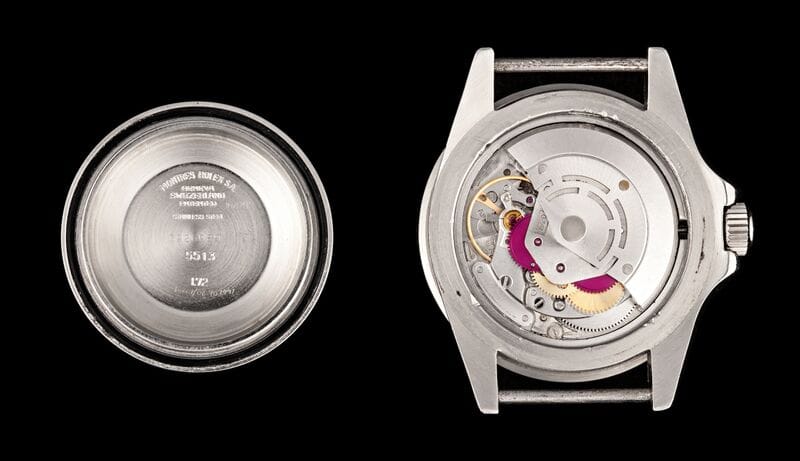
The U.K.’s Special Forces regiments (the SAS and SBS) took delivery of around 1,200 examples based on the ref. 5513. All more or less identical, the watches, with reference numbers 5513, 5517, and the double reference 5513/5517, introduced a few further tweaks on the A/6538.
The bezel, now stainless steel with an aluminum insert, featured hash marks for the full 60-minutes rather than just the first 15 as on the commercially available Submariner. The Mercedes-style handset was swapped for a pair of ‘Sword’ or ‘Gladiator hands, and the seconds hand was given an arrow tip. A small letter ‘T’ in a circle above the six o’clock index indicated the use of radioactive tritium for the luminescence on the dial and hands. And the casebacks were engraved – 0552 for the Special Boat Service, W10 for the Special Air Service.
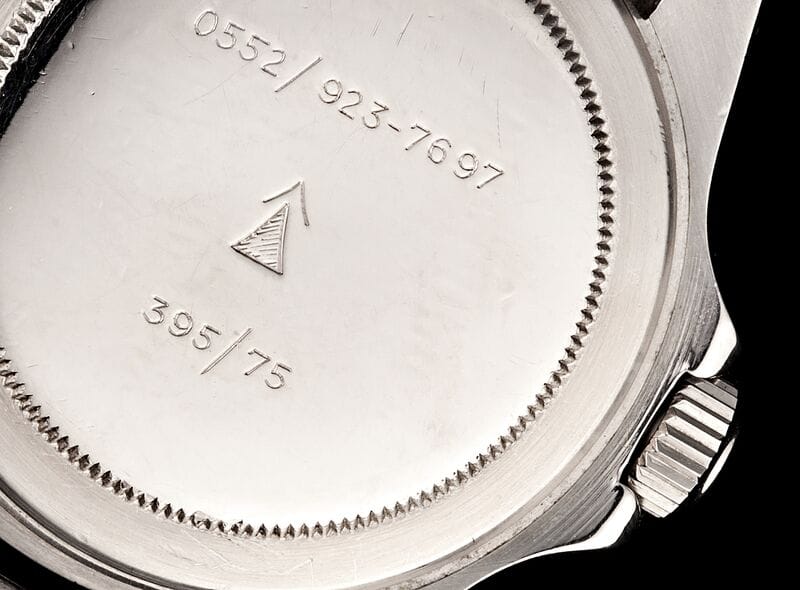
Of all the MilSubs made, only about 12 genuine examples of the A/6538 are estimated to have survived, and around 180 models of the other three. I specify ‘genuine’ because, as you can imagine, prices for these ultra-rare and historically fascinating pieces are sky-high; something that is only too tempting to the counterfeiters of the world. Turning a regular Submariner into a hugely valuable MilSub is not that hard, and more than a few buyers have been fooled. Seen one up for sale? Ask a lot of questions.
The MilSubs was retired in 1979, but Rolex still remained the go-to for many military forces. Elite units are known to occasionally commission the manufacture for extremely limited edition runs of favored watches, such as the Submariner and Explorer II pieces sent to the Special Reconnaissance Regiment of the British Army.
Although these days Rolex is known more as the ultimate in aspirational lifestyle luxuriousness, there is no denying they still make some of the finest tool watches in the business.
